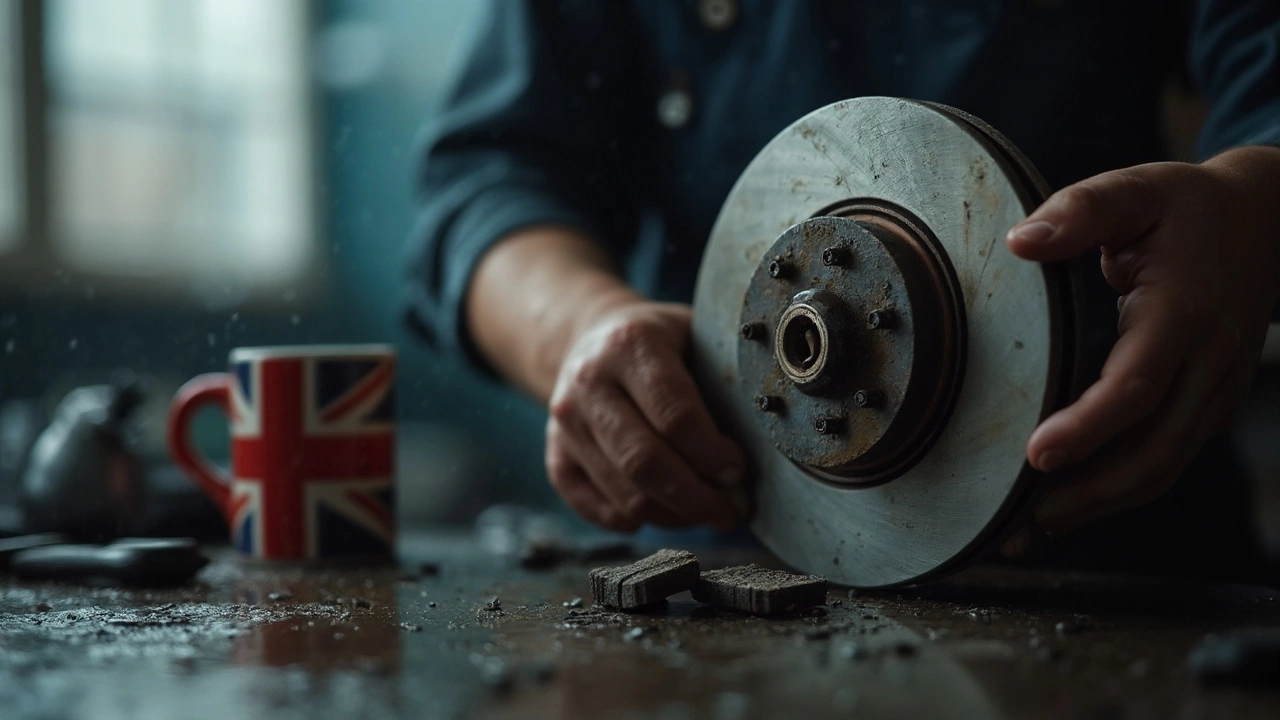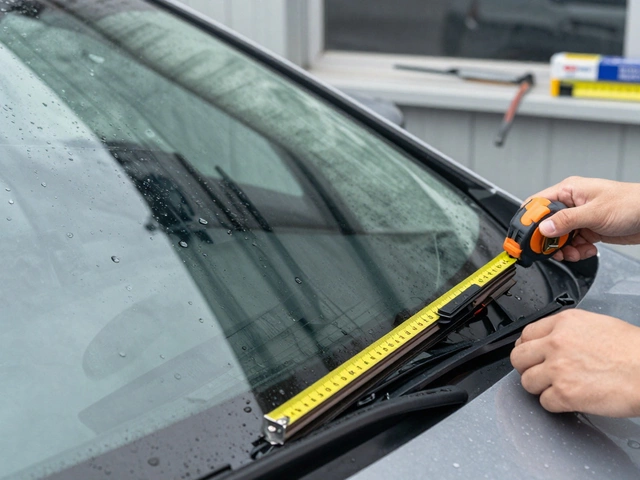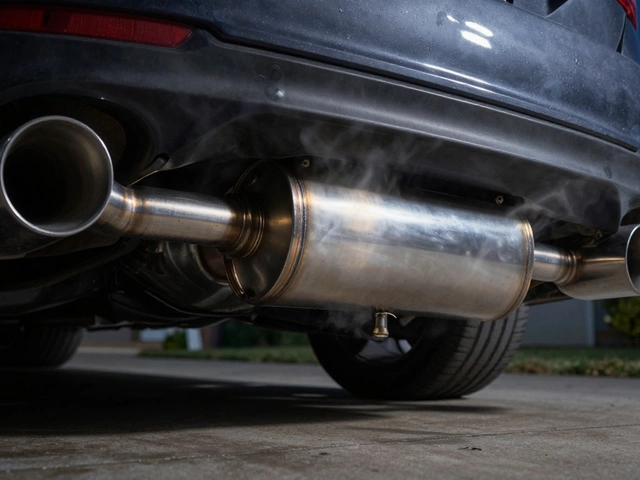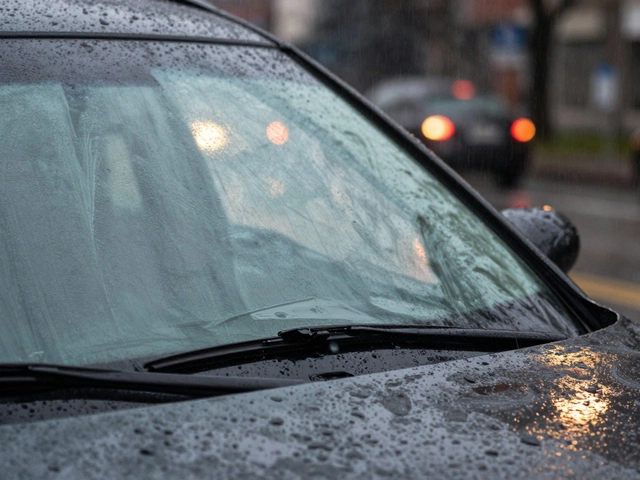Brake Rotors: When to Replace, Resurface, or Ignore Them
When your car squeals or vibrates under braking, the culprit isn’t always the pads—it’s often the brake rotors, the metal discs that slow your car when the pads clamp down. Also known as disc brakes, they’re a core part of your stopping system and wear out just like pads, but often get overlooked until it’s too late. Most drivers don’t realize rotors can be resurfaced or need full replacement, and skipping this step can lead to uneven braking, longer stopping distances, or even rotor failure.
Brake rotors are designed to handle heat and friction, but over time, they get scored, warped, or worn thin. If they’re below the minimum thickness stamped on the rotor, replacing them isn’t optional—it’s a safety must. Some shops push resurfacing to save you money, but that only works if the rotor still has enough metal left. If you’re already replacing pads and the rotors are worn past 70% of their life, it’s smarter to swap them both at once. You’ll save on labor later and avoid the risk of warped rotors causing brake pulsation. And yes, bad rotors can make your steering wheel shake or cause your car to pull to one side when you hit the brakes.
Related parts like brake pads, the friction material that presses against the rotors and brake calipers, the hydraulic clamps that squeeze the pads work directly with rotors. If your pads are worn unevenly, it’s often because the rotors are warped. If your caliper is sticking, it can overheat and damage the rotor. You can’t fix one without checking the others. That’s why most professional brake jobs include a full inspection of the entire system—not just a quick pad swap.
Cost-wise, resurfacing a rotor might save you $30–$50 per wheel, but if the rotor’s too thin, you’re just delaying the inevitable. New rotors aren’t expensive—often under $50 each for common models—and labor to swap them is usually the same as resurfacing. Many modern rotors are even designed to be replaced, not turned. And if you’re shopping for new rotors, don’t assume all are the same. Some are coated for rust resistance, others are slotted or drilled for better heat dissipation. You don’t need race-grade parts for your daily driver, but cheap, no-name rotors can warp faster and wear out sooner.
There’s no magic mileage when rotors die—it depends on your driving. City driving with lots of stop-and-go? Rotors wear faster. Highway driving? They last longer. Heavy loads or towing? They’ll need checking sooner. Most drivers notice signs before 40,000 miles, but some rotors last past 70,000 if they’re not abused. The key is knowing what to look for: vibration, noise, or a brake warning light. If you’ve had your pads changed recently and the problem came back fast, the rotors are probably the issue.
Below, you’ll find real-world guides that break down exactly how to check your rotors, when resurfacing makes sense, what the true cost difference is, and how to avoid being upsold on unnecessary repairs. No guesswork. No jargon. Just clear, practical advice from people who’ve seen it all—whether you’re doing the work yourself or just trying to understand what your mechanic is telling you.





